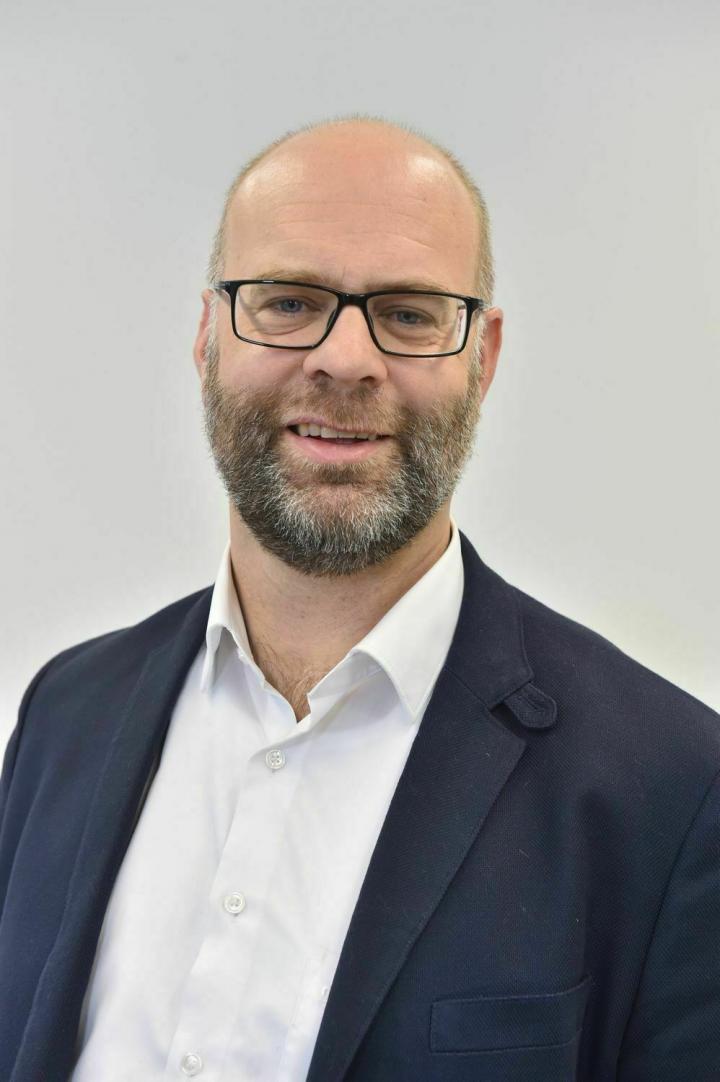Chemist from the University of Göttingen receives ERC Advanced Grant

Credit: University of Göttingen
Professor of Chemistry, Lutz Ackermann from Göttingen University has received an Advanced Grant from the European Research Council (ERC). The ERC will fund his project “Electrochemical Bond Functionalization (ElectroFun)” for five years with an award of around 2.5 million euros.
The development of environmentally friendly production methods is one of the greatest challenges facing society today. This is where the ElectroFun project excels: it brings together two resource-saving concepts by combining the conversion of otherwise inert molecules with electrocatalysis. The overarching goal is to replace the use of toxic reagents and chemicals by using green electricity and to control the selectivity of electrocatalytic transformations of biomolecules. Using external stimuli provided by renewable forms of energy, waste products can thus be minimised and lengthy synthesis sequences bypassed. This is made possible by the design of innovative catalysis concepts.
Lutz Ackermann, born in 1972, studied chemistry at the University of Kiel. He then worked at the Max-Planck-Institute für Kohlenforschung in Mülheim and received his doctorate in 2001. As a postdoctoral researcher, he worked at the University of California in Berkeley. From 2003 to 2007, he led an Emmy Noether junior research group at the Ludwig Maximilian University in Munich. In 2007, he pursued an appointment at the University of Göttingen, where he is also the Executive Director of the Wöhler Research Institute for Sustainable Chemistry.
Ackermann’s work has already been recognised with a number of awards. These include an ERC independent Consolidator Grant from the European Union in 2012 and a Gottfried Wilhelm Leibniz Prize from the German Research Foundation (DFG) in 2017. Ackermann is one of the world’s leading experts in his field of research, as demonstrated by his publication record. In fact, since 2014 he has consistently been one of the most highly cited scientists worldwide. Visiting professorships have taken him to universities in Osaka, Milan, Madison, Kyoto, Strasbourg and Xiamen, as well as the École supérieure de physique et de chimie industrielles de la ville de Paris and the École Polytechnique, among many others.
###
ERC Advanced Grants support outstanding researchers already established in their scientific careers in projects that promise ground-breaking new insights.
Contact:
Professor Lutz Ackermann
University of Göttingen
Faculty of Chemistry – Institute of Organic and Biomolecular Chemistry
Tammannstraße 2, 37077 Göttingen, Germany
Tel: +49 (0)551 39-23201
Email: [email protected]
http://www.
Media Contact
Melissa Sollich
[email protected]
Original Source
https:/




